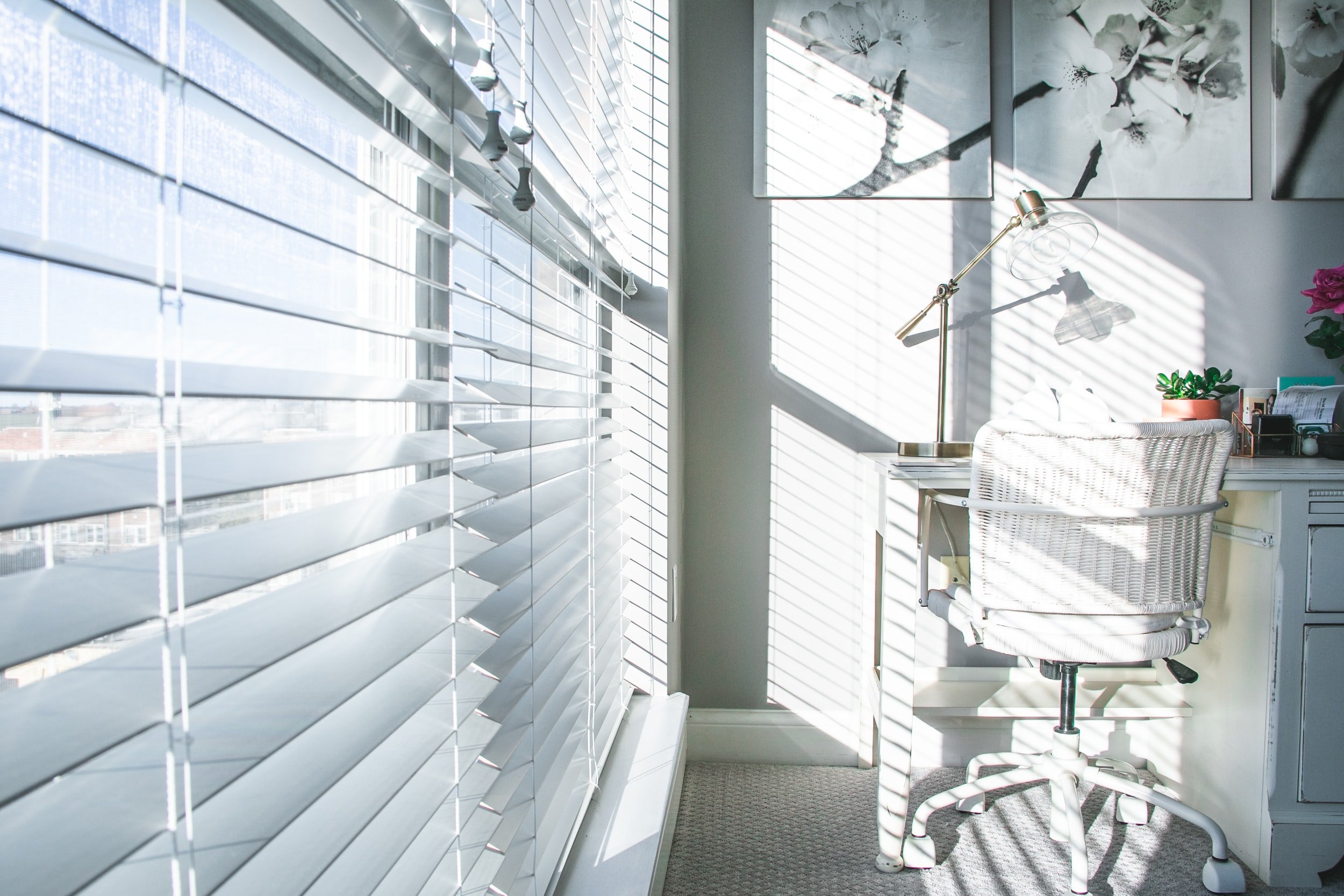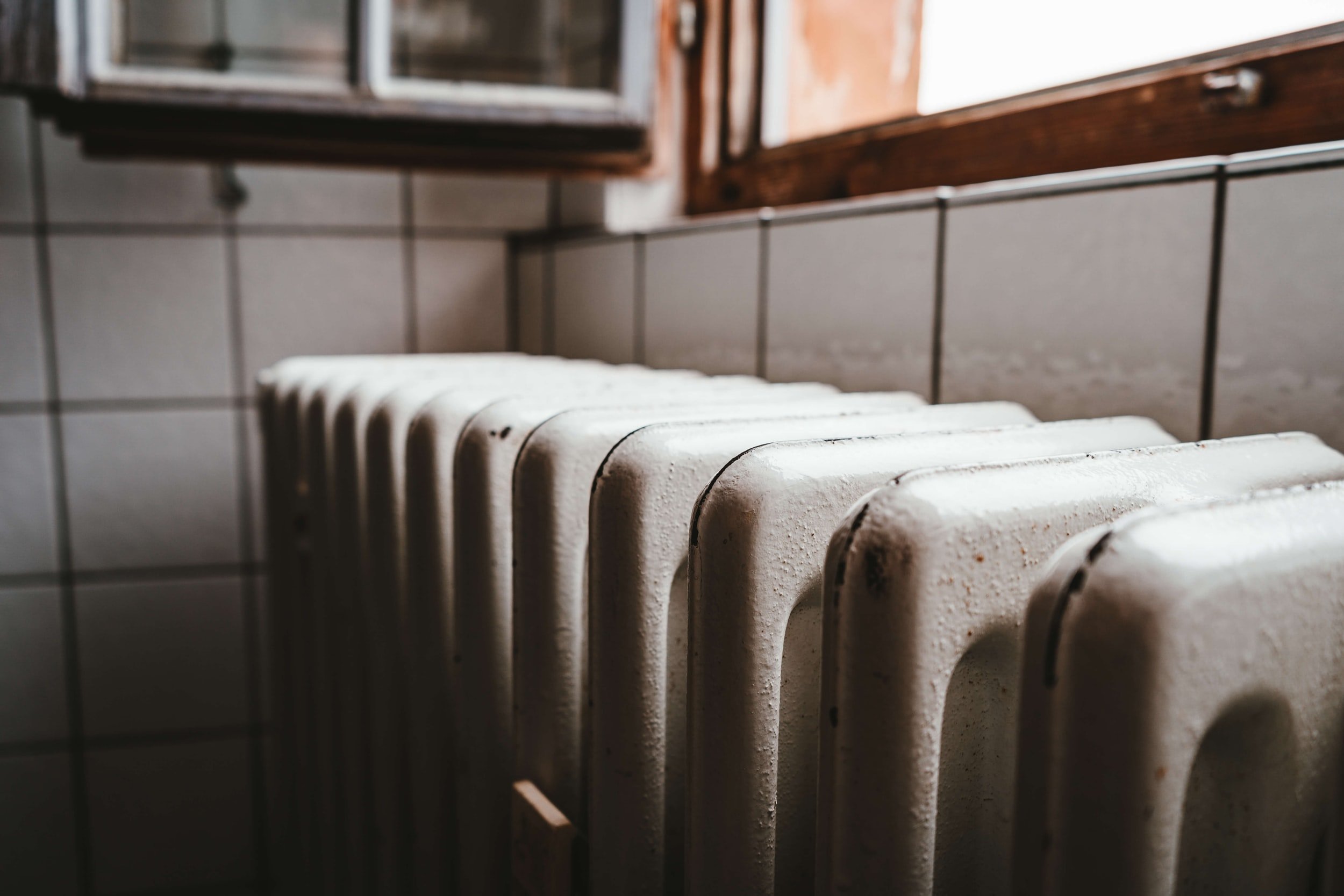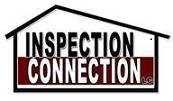



How to make your pool green - but not slimy
While completing an energy audit for a large custom home in Las Cruces last month, I did some interesting online research on energy efficiency and swimming pools. Typically, our analysis of a home’s energy use focuses on the structure and mechanical systems inside the home. If you have a swimming pool at your house, I learned that it is critical to understand and evaluate the pool system as carefully as your home envelope and its heating and air conditioning systems. Pools are great for family fun, keeping cool and staying fit, but their energy use can account for more than half of the energy consumption at a residential property and can be a large contributor to summer peak demand for electricity. Fortunately, there are many ways to keep pool energy costs down and still enjoy your backyard oasis.

So bright, your home needs shades
Article originally published in the Las Cruces Bulletin on Friday, August 16, 2013
Exterior shading of a home’s walls, windows and skylights in the summer is one the first and best ways to keep inside temps comfortable and to save on the cooling bill.
As I’ve discussed before, heat energy that never comes into the home does not have to be removed by expensive mechanical equipment. Interior blinds and shading work well for privacy and, to some extent, to prevent radiant heat loss in the winter.

Heating and cooling: Size it right
The most important determining factor in how well your heating and cooling system works and how much you pay to operate it is the quality of the installation. The rated “efficiency” of any specific piece of heating or cooling equipment is based on the assumption that it is installed per the manufacturer’s guidelines. Just because you spring for the more expensive, 16 seasonal energy efficiency rated (SEER) air conditioner system does not mean your cooling bills will be any lower than your neighbor’s correctly installed 13 SEER unit. Duct location, layout design and leak prevention along with correct sizing of heating and cooling equipment are the first key steps in getting any type of heating, ventilation and air conditioning (HVAC) equipment to perform at the manufacturer’s published rate of efficiency. We have discussed how air duct installation problems impact comfort and efficiency in previous articles.
